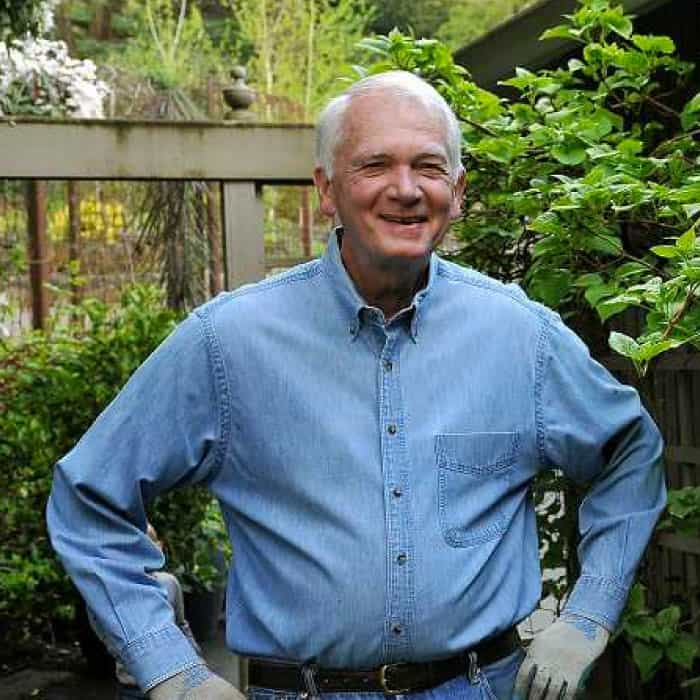It is always a bonus in the garden when we can plant something that will be a multiple plant. We might plant a tree for shade like a Crape Myrtle that will also provide colorful flowers in the summer. Or maybe an herb like rosemary that gives us aromatic foliage and blue flowers. Or even a shrub like a manzanita that provides creamy white clusters of flowers and bark that is red to purple. We have lots of choices and often we might not even be thinking about multiple use.

Many gardeners are realizing the importance of planting a garden with some plant diversity to attract various insects and birds. Actually, it is easy to select plants that will often attract all three, bees, butterflies, and hummingbirds.

Salvia is a good example, and we are fortunate to be living in an area where many varieties will perform well. Most of them are easy to grow and will tolerate sunny locations, however some do prefer shade so check the plant tag for specific information. While many are technically perennials, they might not have survived this past winter. The plants need good drainage and I like to add some perlite or pumice when planting.

Salvia
Several of my favorite salvias are ‘Black & Blue’, deep blue flowers, ‘Amistad’, deep purple flowers, and ‘Hot Lips’, a red and white bicolor flower. We always have a pot on our deck of ‘Black & Blue’ and ‘Amistad’, and it is great summer entertainment to watch the hummingbirds guard their territory.

Milkweed
Asclepias is a genus of perennial plants that we probably know as milkweed. It is called milkweed because if a stem is broken, the stems will exude a white milk-like liquid. Planting milkweed in the garden has been in the news for several years because the flowers of some varieties are the only source of food for monarch butterflies. While monarch butterflies are not common in western Oregon or Washington, planting Asclepias is attractive to other butterflies. I have also seen many honeybees on flowers of Asclepias.

Fuchsia
Fuchsia flowers are well known as being a hummingbird magnet. Whether it is a hardy fuchsia growing as a shrub or a hanging fuchsia in a basket, the flowers are very attractive to hummingbirds. Since fuchsias bloom from spring to fall, they provide a good source of hummingbird food over a long period of time. Another fuchsia-like plant that has become popular in recent years is Cuphea. The flowers are small and usually multi-colored, and hummingbirds love them.

Lantana
Lantana is a shrub that is often used in warmer climates like Arizona and Southern California, but they make a wonderful flowering summer plant in the Pacific Northwest. Plants bloom at a young age and continue throughout the summer and the flowers are particularly attractive to hummingbirds. It is a great plant for a hot sunny location, even planted against a hot wall, it will thrive. It is an excellent choice for a container on a sunny deck or patio.

Herbs
We should not forget about herbs. While we usually do not want our sweet basil to flower, if some stems are left to bloom, they will be a honeybee magnet. Lavender is another herb that is very attractive to honeybees and butterflies. We can enjoy the sweet scent of lavender and know that we are also helping the honeybee population.
Try these, or some new plants in your garden. Observe them when they flower and take note of what insects they attract. There are many more than what I have mentioned, and I think it is always fun to try a new plant or new plants!
Mike’s garden is located in Oregon’s Willamette Valley and his advice is consistent with the mild climate there. His opinions of what works for his garden and backyard. Always read labels of products before using them. Your Wilco team is available if you have any questions specific to your area.
We would love to see your garden growing, use #mywilcolife on Facebook, Twitter, or Instagram and tag Wilco Stores.

